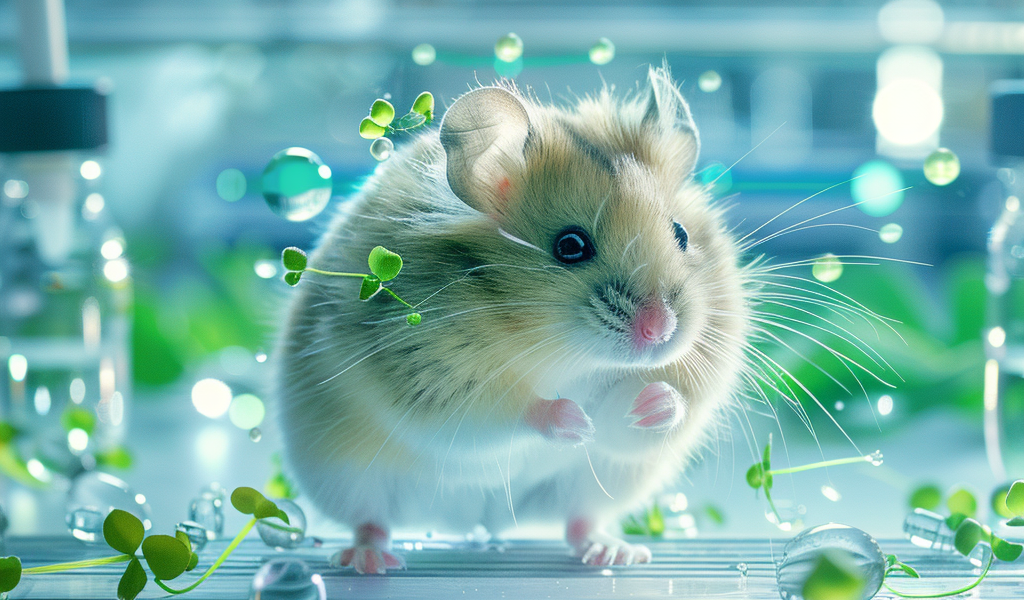Breakthrough in Biotechnology: Scientists Create Solar-Powered Hamster Cells
In a groundbreaking development in the field of biotechnology, researchers in Japan have successfully integrated chloroplasts into hamster cells, enabling these animal cells to harness sunlight for energy. This innovative achievement, which was recently published in the Proceedings of the Japan Academy, Series B, challenges long-held beliefs regarding the compatibility of plant organelles with animal cells.
Traditionally, the ability to photosynthesize—converting carbon dioxide (CO2) and water into energy and oxygen—has been restricted to plants and algae. However, the research team, led by scientists from the University of Tokyo, has demonstrated that it is indeed possible to create photosynthetic animal cells by injecting chloroplasts from red algae into hamster cells.
According to Sachihiro Matsunaga, a co-author of the study, this marks the first documented instance of photosynthetic electron transport within chloroplasts that have been implanted in animal cells. This process is crucial for energy production in photosynthetic organisms.
“We initially believed that the chloroplasts would be digested by the hamster cells shortly after introduction,” Matsunaga stated. “Surprisingly, they continued to function for up to two days, actively engaging in photosynthetic electron transport.” This finding was corroborated through various imaging techniques and a light pulse method that confirmed the occurrence of photosynthetic activity.
The implications of this discovery extend beyond mere curiosity about solar-powered animals. The research team envisions practical applications for these so-called “planimals” in the realm of tissue engineering. One significant challenge in lab-grown tissues, including artificial organs and skin sheets, is the difficulty in ensuring adequate oxygen supply. By incorporating photosynthetic animal cells, researchers believe they can enhance oxygen production within these engineered tissues.
Lab-grown tissues often consist of multiple layers of cells, and oxygen diffusion can become a limiting factor for their growth and viability. The introduction of photosynthetic cells could potentially alleviate this issue, allowing for more robust and functional artificial tissues.
As the scientific community continues to explore the possibilities of this technology, the researchers are optimistic about the future applications of their findings. The integration of chloroplasts into animal cells opens up exciting avenues for innovation in biotechnology, potentially transforming how we approach tissue engineering and regenerative medicine.
This research not only expands our understanding of cellular biology but also paves the way for novel applications that could benefit medical science. The concept of merging plant and animal cellular functions invites further exploration into the potential for creating hybrid organisms that could address various challenges in health and sustainability.
In conclusion, the creation of solar-powered hamster cells represents a significant milestone in biotechnology, showcasing the remarkable potential of interdisciplinary research. As scientists continue to investigate the implications of this discovery, the future of tissue engineering and regenerative medicine may be brighter than ever.





